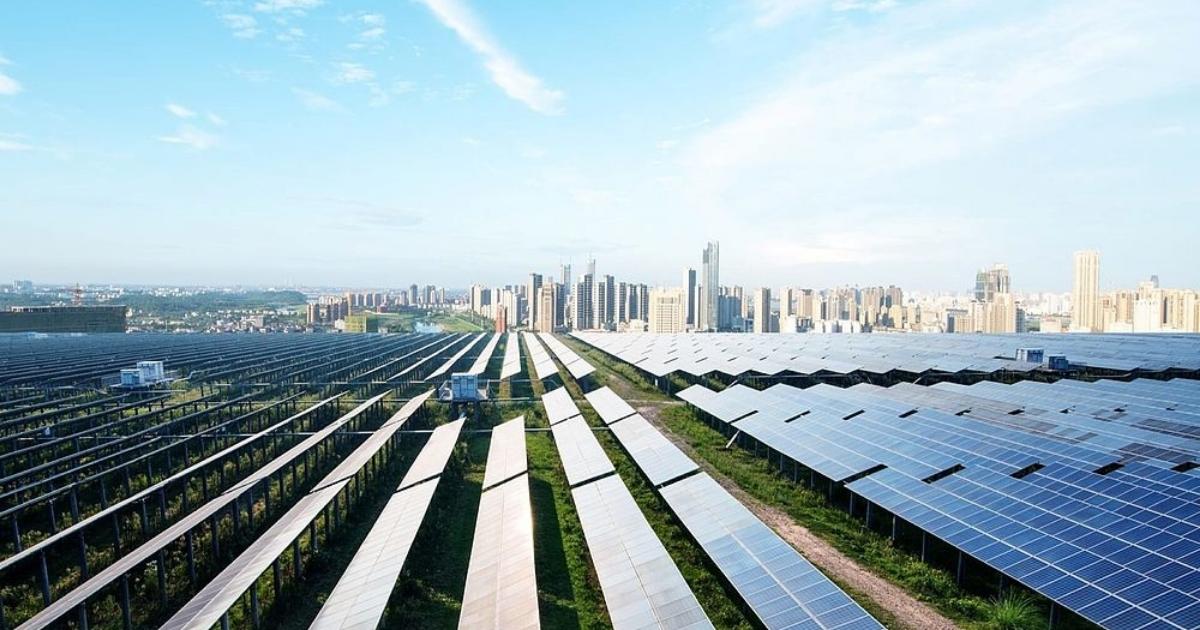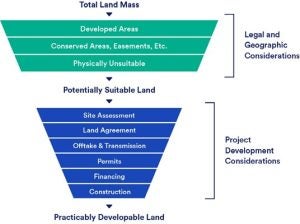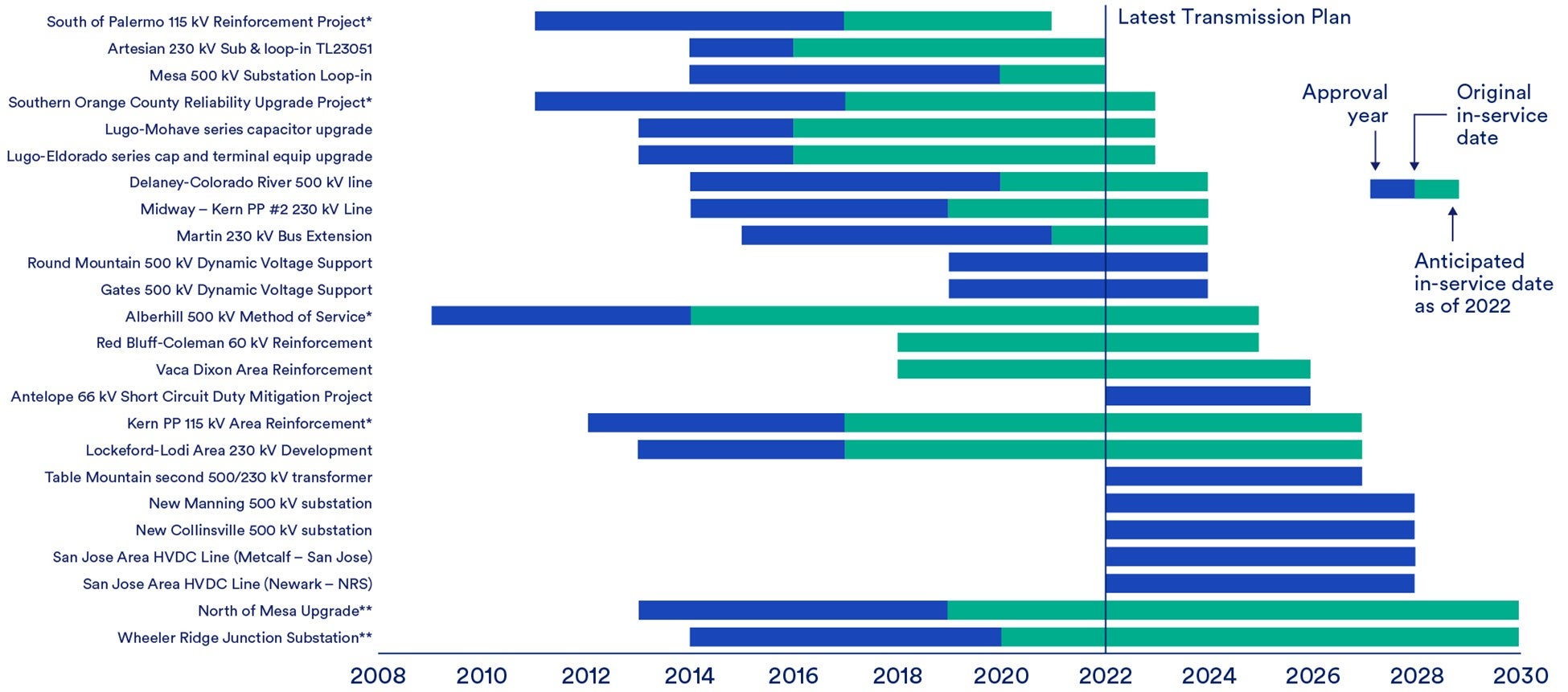California’s electric grid is amongst the cleanest in the country, and it’s getting even cleaner. The state recently cemented our clean energy policy leadership by requiring 90% zero-carbon electricity sales by 2035, and 95% by 2040. Given the long-lived nature of energy infrastructure, these dates are not some far off future problem — the first of these milestones is just around the corner.
A new report launched by EDF and Clean Air Task Force contains a set of recommendations on how we can grow the electric grid. These recommendations include:
- Develop a Clean Energy Deployment Plan with specific quantities, locations and timing of new resource development and infrastructure expansion.
- Assign a lead agency the responsibility for achieving the state’s clean energy goals.
- Develop a dashboard to publicly track progress.
- Engage the public by continuing and strengthening California’s current public engagement efforts.
- Advance supportive policy for planning, permitting, financing and building clean energy infrastructure.
Transforming and growing the California grid
The first step in the process will be for California to build a lot of new generation from clean, low-cost renewable resources, such as solar and wind. Newly added to this mix will be offshore wind: California recently adopted a goal of 5,000 megawatts of offshore wind by 2030 and 25,000 MW by 2045. To complement these renewable resources, we will need short duration batteries, clean firm power, customer-owned and distributed resources, carbon capture and storage and clean hydrogen. Every major energy model indicates that these generation assets are feasible, but the models are not always perfect.
Models often ignore the complex mix of land, social and institutional barriers that slow clean energy deployment in the real world. For example: the models California uses assume ample land available for power generation siting; when in reality considerations like transmission access, competing land uses, visual impact and parcel size make identifying suitable area extremely difficult. Simply put, the amount of potentially suitable land is not the same as the amount of land that practically can be developed.
Understanding that suitable vs. developable relationship will be key to understanding how to build new transmission lines, permit new power generation and identify key areas for power generation.
Transmission will need to be a major area of focus. Unfortunately, it takes a long time to build a new transmission line. With the recent passage of the Inflation Reduction Act, there is an unprecedented amount federal money available to help keep the cost of transmission investments low. Starting now will be critical to generate as much leverage as possible.
So how do we go from modeling to building?
The state should vest primary responsibility and accountability for achieving its clean energy goals to a single entity with sufficient authority to develop and implement the state’s Clean Energy Deployment Plan in coordination with the other agencies. This lead agency should begin a coordinated, multi-sectoral, and multi-agency process to develop a Clean Energy Deployment Plan with specific quantities, locations, and timing of new resource development and infrastructure expansion.
This plan must be aligned with the state’s economic growth and social equity priorities and incorporate distinctive visions of the clean energy transition for each region, developed by local governments and their communities. And because nothing is certain, the plan should include contingent pathways for when key milestones are not met. In order to measure those milestones, the state should develop a dashboard. Publicly tracking progress is vital to increase public trust, provide accountability, inform course corrections and provide private sector certainty – critical for reducing costs and keeping deployment affordable.
All of this transparency and accountability will improve the odds of success, reduce costs and minimize political hurdles to a clean energy transition. Engaging the public is a vital component – each individual county will have its own preferences on what and how clean energy projects are built in their community. A particular emphasis should be placed on public education regarding the scale and urgency of the clean energy deployment challenge and providing estimates of the costs, benefits and tradeoffs among different pathways to inform the plan. Public participation will also help ensure that the energy transition is equitable, just and reasonable.
Plan now and build now
Infrastructure planning should not be done just for planning’s sake. Given the long lead times associated with new development, we have one or two development cycles at most to get the first cohort of new capacity online. That timeframe is ambitious but achievable. The risk of waiting to build until it is too late will have major reliability consequences on our electric grid.
As we develop this plan, we should keep in mind that the clean energy transition will do more than reduce planet-warming greenhouse gases. It will reduce toxic pollution in homes and communities, provide hundreds of thousands of jobs and place California at the forefront of the battle against climate change. We can leverage an affordable, clean and safe electricity system as a key strategy to decarbonize California — the policies are in place, now is the time to roll up our sleeves and start building.
This blog was put together in collaboration with Alex Breckel at Clean Air Task Force.












